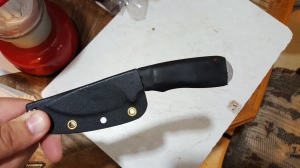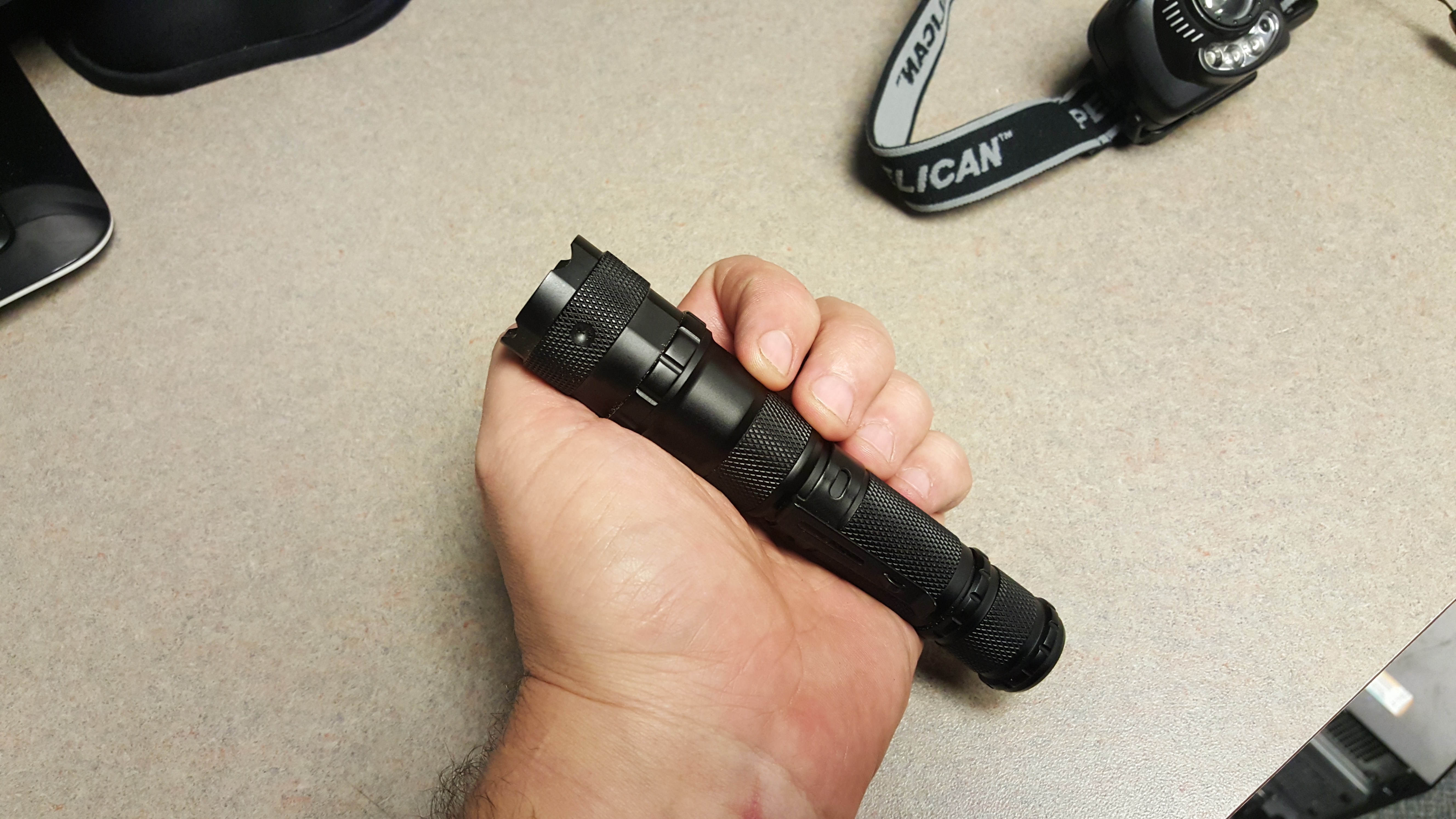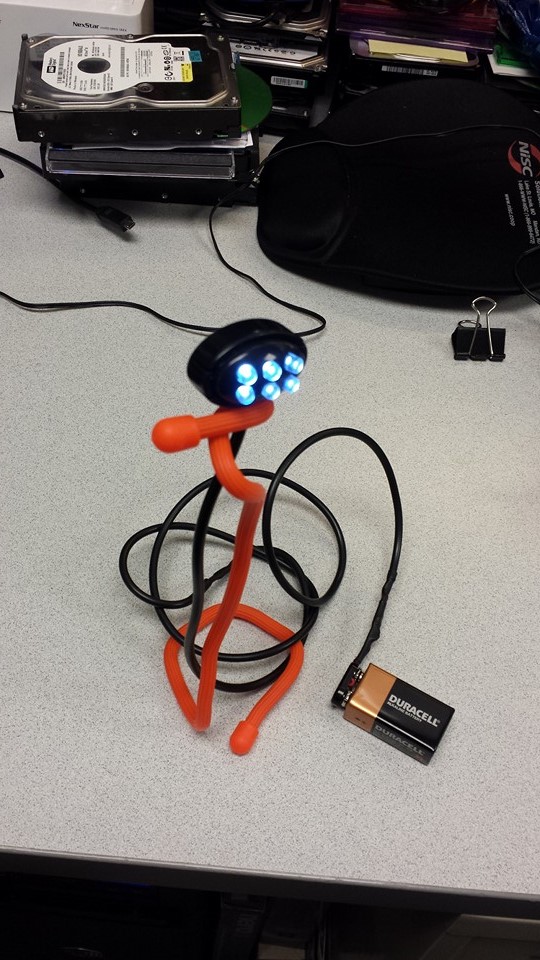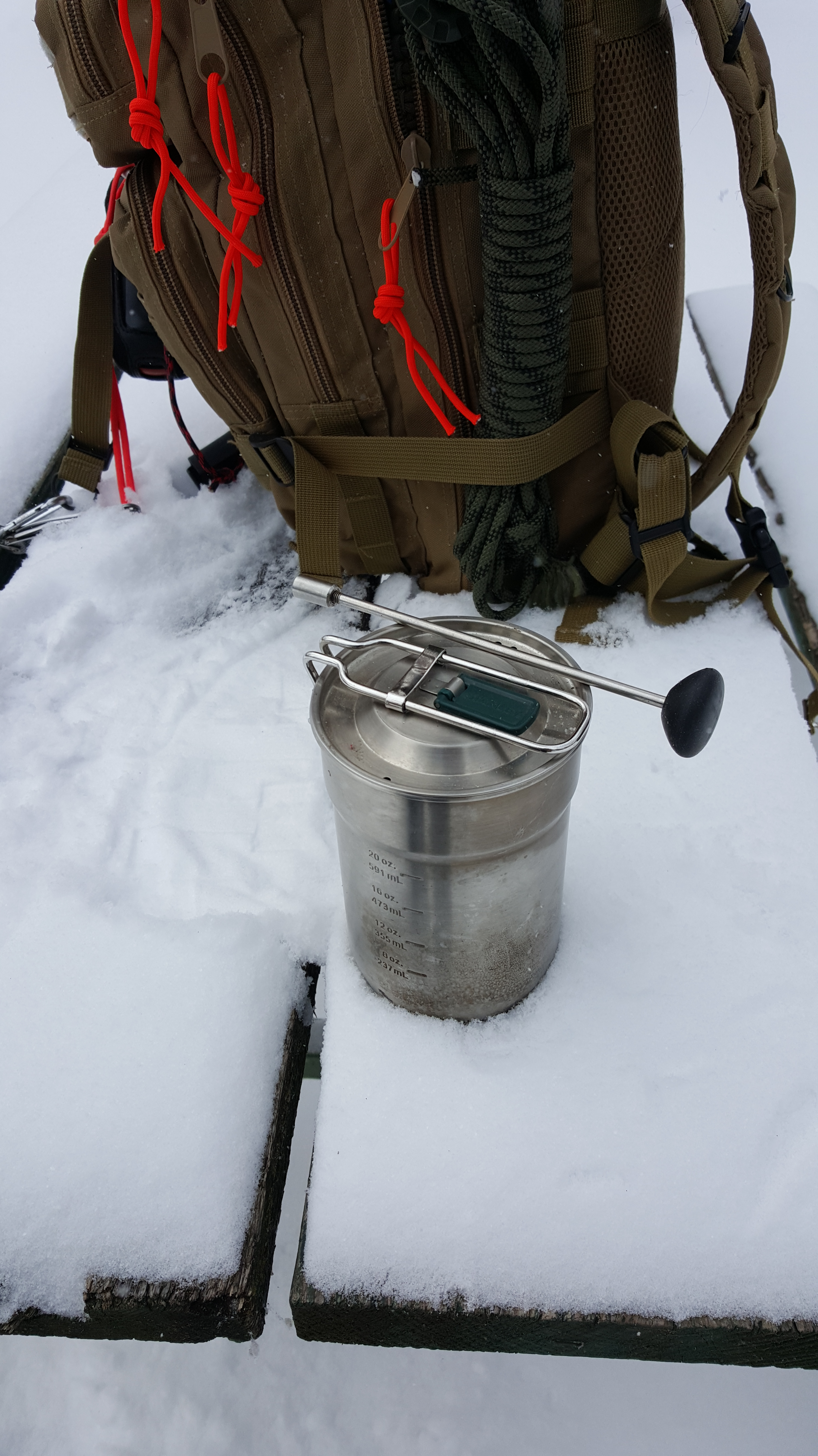Unless your really trying to go Cro-Magnon, (in which case, leave your refined metal knives and hatchets and fabrics, tarps, fire rods, etc behind too and just use rocks and sticks), most of us take some kind power into the woods with us. Even if it’s just a flashlight, or the watch on our wrist. I usually take my phone, my camera and occasionally my ipad or surface book for editing and occasionally writing. (Particularly if I’m testing gear). Then I can put stuff down while it’s fresh in my mind. (I have to type, I write too slow LOL). I also have a GPS unit I enjoy playing with (It’s more of a toy than a navigation aid). I play with a lot of HAM radio gear, so I have to power that as well, or just juice up the batteries for the radios my scouts use so they can explore without having to have an adult breathing down their necks. I also have a drone I love to fly in the woods, excellent toy/tool. Not just for getting great pictures and video, but also for mapping, or finding things. (I am looking to add an IR camera drone to my list for help with SAR/CERT actions). Just fun stuff. 🙂
So the next time some self important snob turns his nose up at your camera, flashlight, phone, etc, just ignore him and enjoy yourself.
I run 2 specific “Kits” depending on how much weight I’m willing to carry with me. 1 kit is all light weight but plenty of power, the 2nd kit is normal weight and lots of power and then there is the “Car” option where I just take it all with me. LOL
Let look at the individual pieces and then we’ll discuss how I put them together and use them. The first piece of solar gear I got was a Goal Zero nomad 13, I’ve had this for many years and it’s still going strong. It’s light, tough and folds well, also has a handy pouch on the back that even my monster 100 watt pack will fit in. I love it, and it’s tough as nails, lasted through more abuse than it should ever have been given. Only issue is it’s only a 13 watt pannel, which is fine for most devices, but modern phones that use QC or fast charge technology don’t get the power as easily.


I have since added an Anker 21 watt dual charger. At full sun, it can charge 2 of my devices at fast charge speeds. I’m truly impressed with it. It’s not much bigger expanded than the goal zero, and folds even smaller. it is not built quite as rugged as the Goal zero, but It’s not weak either. This guy is so efficient, even on a cloudy day, he will produce 15 to 18 wats which will still charge a single device very well.


anything other than the tail end of a phone.
Next is my 100 watt basecamp power pack. I LOVE this one because it has an inverter built in so I can charge a laptop, proprietary camera or device that uses it’s own plug. It has both USB and USB C connectors as well as a QC Wirelss charger built on the back. it truly is a wonderful pack and only about 1/2 lb heavier than the 20,000 mAh power packs I normally use. Thisk one typically stays with the camp, or in the car. However, I did take it on a 7 day canoe trip in place of one of my other battery packs and never noticed the difference.
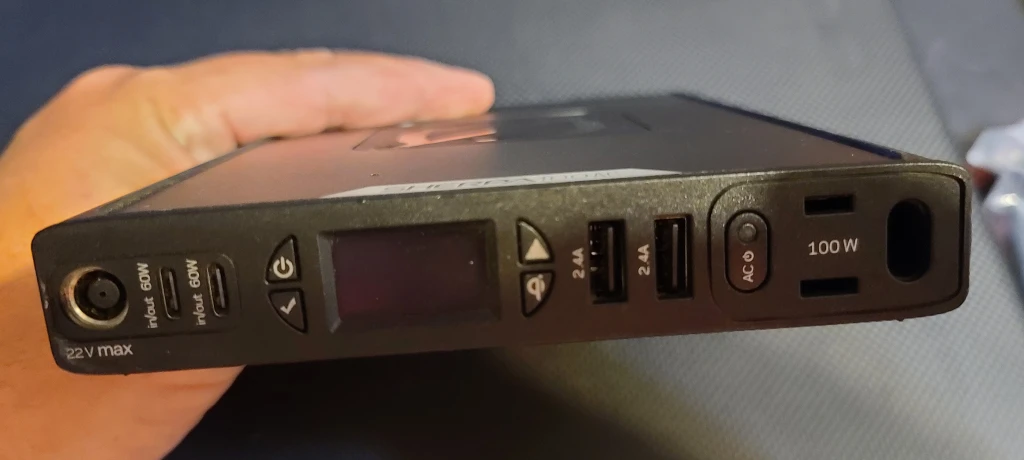
Next, I have two of these power packs, one is an Anker, and the other is a generic, neither cost more than $60. I keep a “Running” pack in the pelican case with the cables for charging things on the go, and the 2nd one is in a soft pack that stays with the solar chargers at camp charging during the day. I just swap them when one is full. I’ve run this configuration for 14 days without ever running down below 50% total power available. Which is one of the reasons I started working on the lightweight kit.
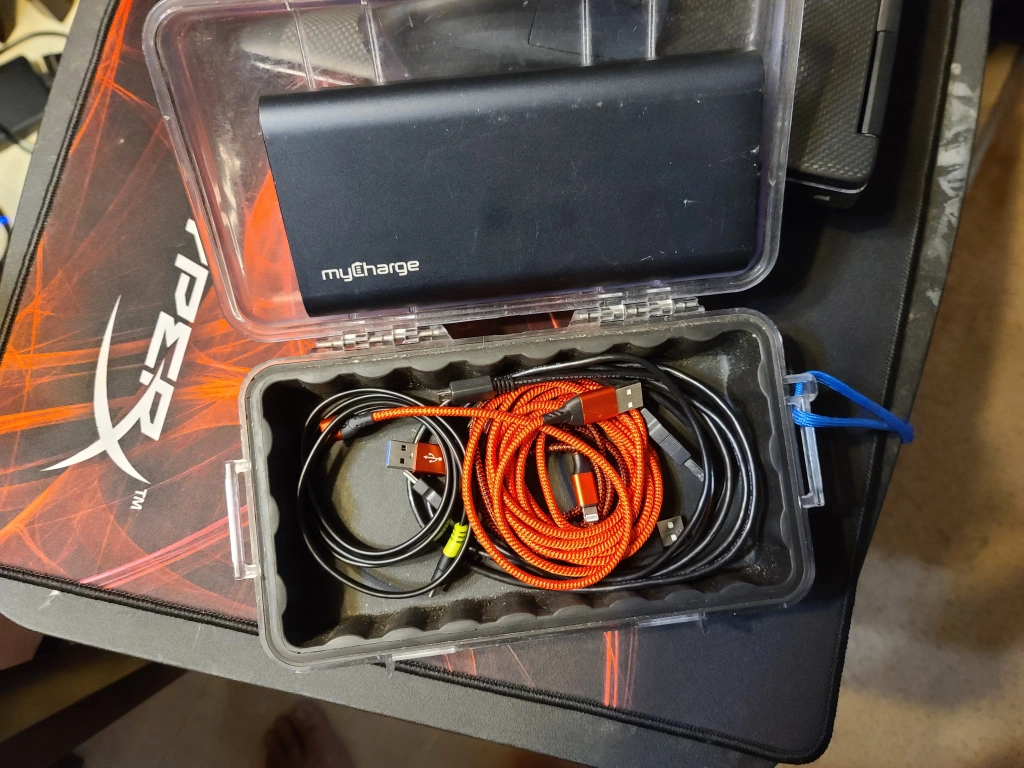

Now on to my lighter kit. I picked up 2 of these xtar charger packs. (One is USB C, the other is Micro USB). They each hold 2 18650 batteries (Which I salvaged from some Dell Battery packs that were going to be recycled as the laptops they belonged to had been discontinued. These are charging packs, so you load 2 of the 18650 batteries up into each one, and then charge them off solar. (Or from a port on the basecamp model 100 watt I keep at camp). Then once the batteries are charged, it goes with you and works in reverse to charge other devices. I keep two 4 packs of these in my bag, but sometimes drop down to one 4 pack if I’m trying to go ultra light. I have not managed to discharge all 8 batteries yet on a trip. I have done 4, but charged them up the next day. So in a pinch, I could get away with 4 (or maybe 6, leave 2 in the pack and carry a 4 pack). But this works great.


I have a couple other battery packs but they are getting used less frequently. I’ve been replacing the AAA and AA with rechargeable batteries which I charge off this Nitcore charger from micro USB. These batteries power my flashlights, headlamps, tent lights, radios etc. In the pic below, 2 of the 9V batteries are rechargeable. I have an LED light tied to an orange wire wrap that I can hang or stand any way I like. The 9V will run the LED for 420 hours continuously. Not super bright, but bright enough for a tent light or body light.


This setup gives me pretty much unlimited power for every situation. By my estimates, my lightweight pack will run all of my gear with no sun for 3 to 4 days. My two main packs will run me for 7 to 10 days with no recharge, and my full kit will get me by 14 solid days with no recharge (all 3 kits together). With at least a solid day of sun every 2nd or 3rd day. These kits will keep me going indefinitely.

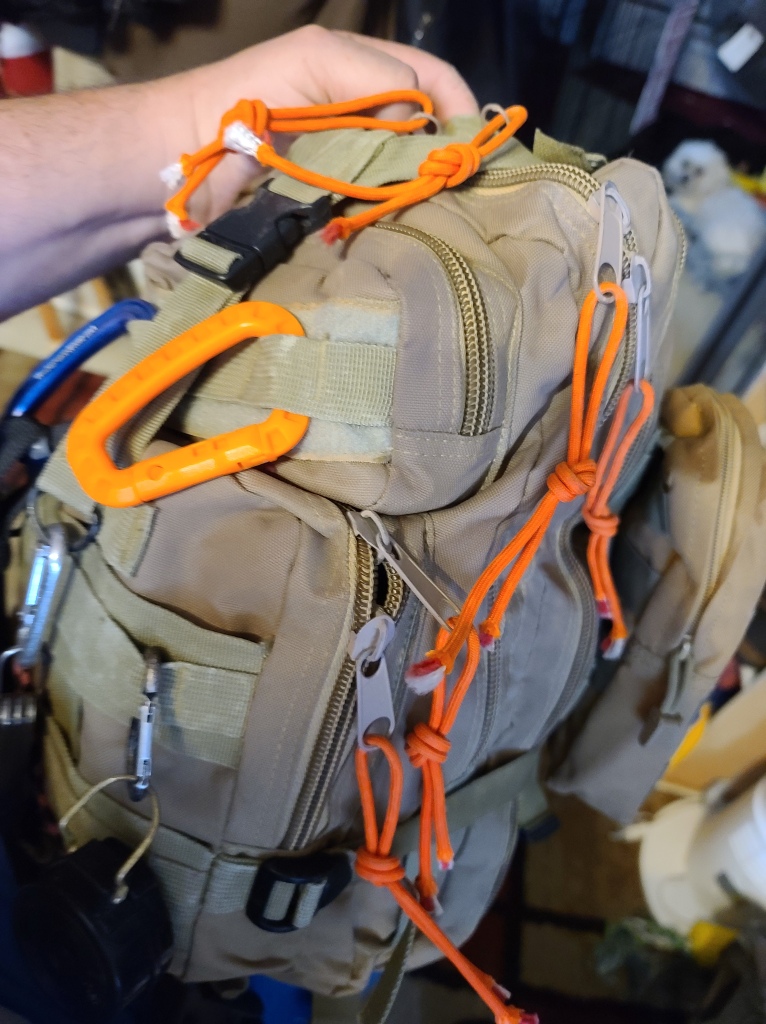
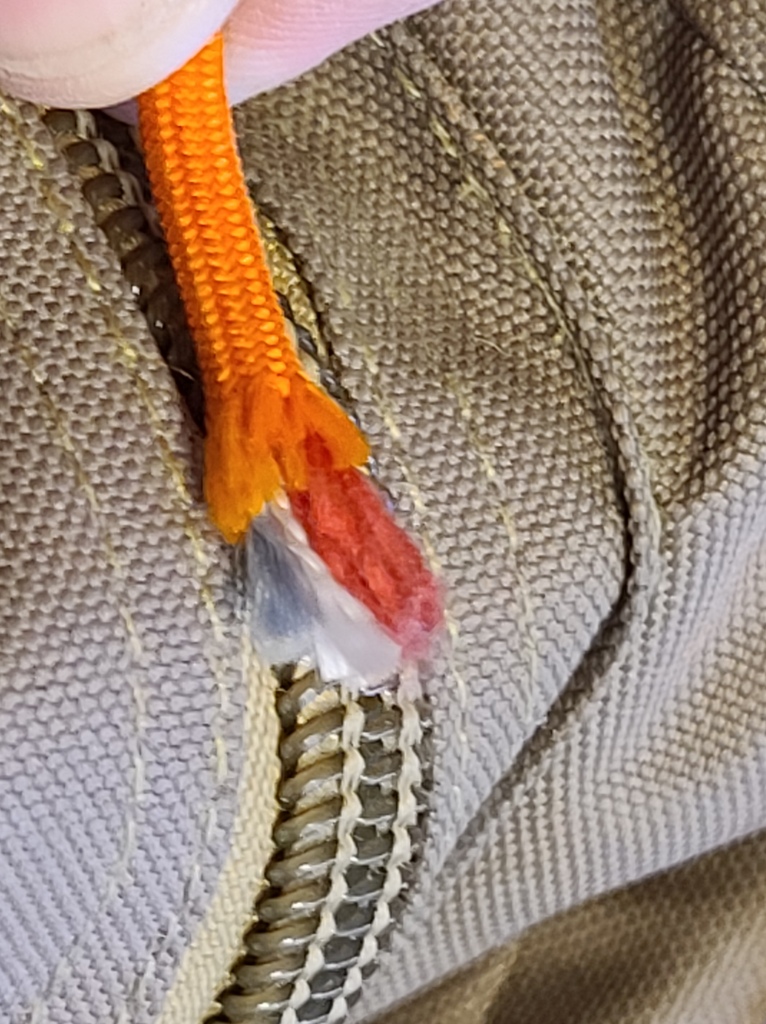



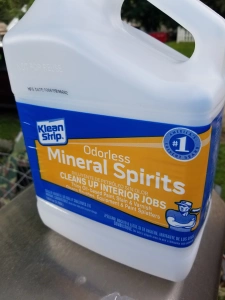









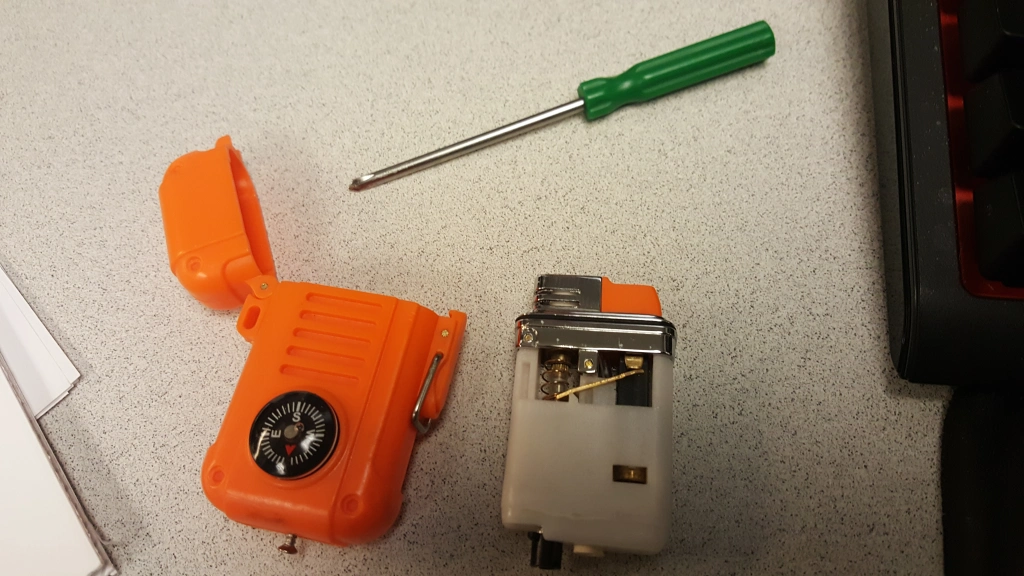




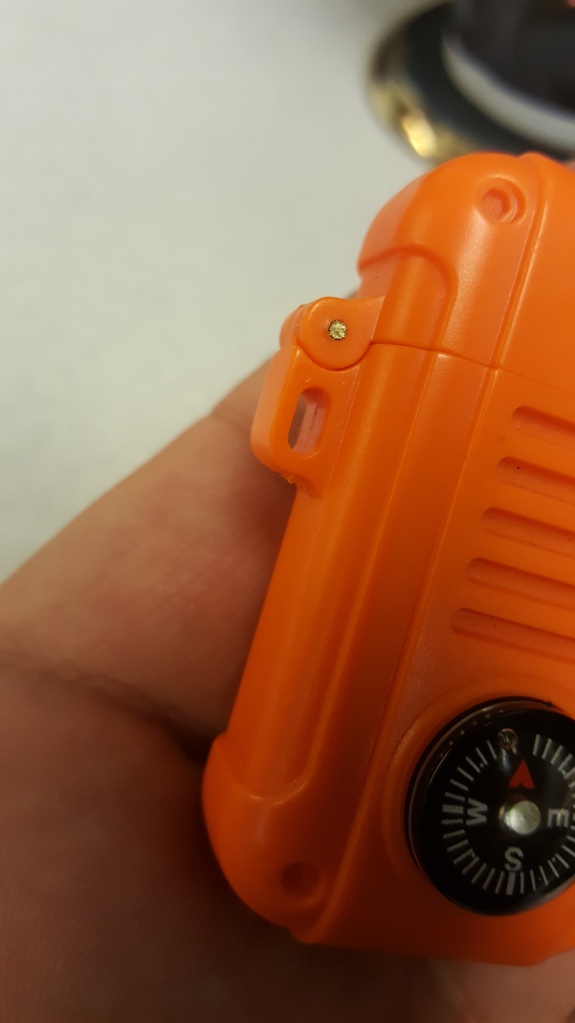
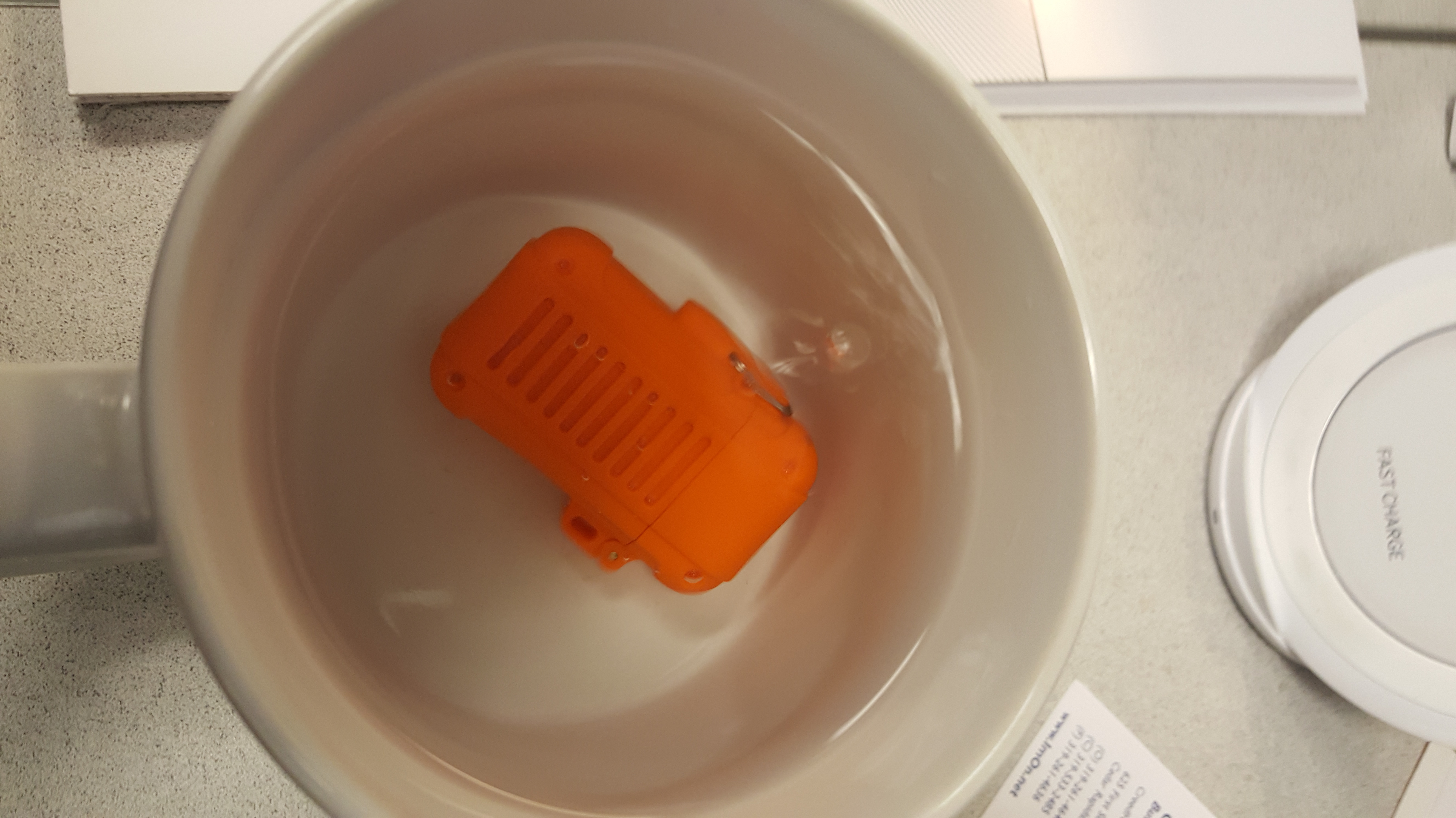

 I’ve been wanting to do this project for a while. After my last factory sheath died a horrible death on my belt. I decided I wanted to build one myself. I didn’t like the sheaths that were available in other materials besides leather. But the leather sheaths I found were either custom, and far too expensive for me (Even though I would LOVE to have some of them) but also, the factory sheath didn’t have the features I wanted. So I set about and designed one of my own.
I’ve been wanting to do this project for a while. After my last factory sheath died a horrible death on my belt. I decided I wanted to build one myself. I didn’t like the sheaths that were available in other materials besides leather. But the leather sheaths I found were either custom, and far too expensive for me (Even though I would LOVE to have some of them) but also, the factory sheath didn’t have the features I wanted. So I set about and designed one of my own.














